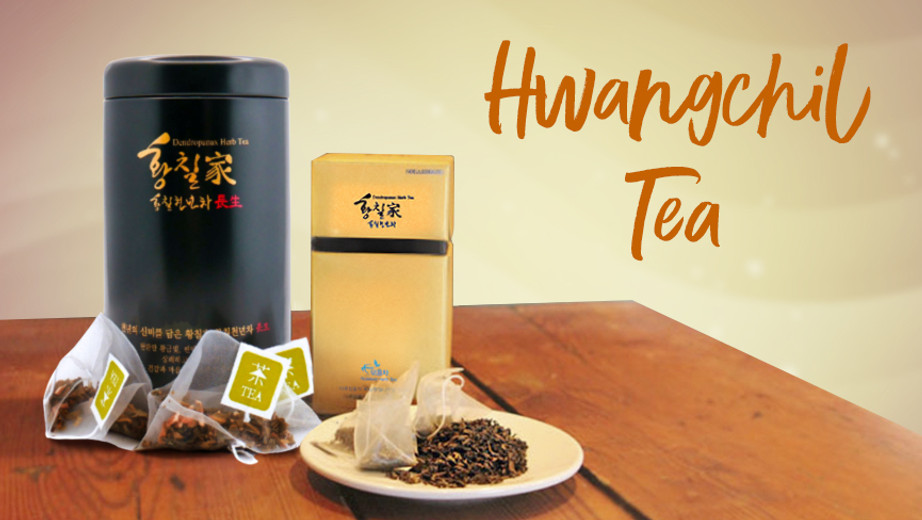Hwangchil Tea Meditation for the Senses
Posted by Gabi Petrylaite on Oct 10th 2022
Have you ever heard of the adaptogenic herb called Hwangchil (Dendropanax)? Derived from Hwangchil trees, it helps the body and mind to relax. Hwangchil is best used in the form of tea, so in this article you will learn a quick meditation to help take in its benefits through all the senses.
What is Hwangchil?
Adaptogens are non-toxic plants considered to benefit overall health by herbal medicine practitioners. In Greek, Dendro means tree and panax means panacea. Dendropanax is an adaptogenic herb that has similar beneficial ingredients found in ginseng. Commonly called Hwangchil, it gives off the subtle, delicate fragrance of benzoin tree resin that can help to relax the body and comfort the mind.
Hwangchil trees are native to the southern regions of Korea, mainly from Bogildo island. A special kiln is used to preserve the nutrients in the leaves to create a smooth and light tasting tea. In the final product, the beneficial ingredients in Hwangchil are drawn out through a process of fermentation, roasting and cooling.
The History of Hwangchil
Prized for the golden, waterproof lacquer created from its sap and its leaves, roots and bark, Korea's Hwangchil has been pillaged by Asian rulers for at least two millennia. As outside forces invaded Korea, foreign rulers demanded Hwangchil be paid as tribute in exchange for peace in the region. After the Second Manchu Invasion in 1636, the Korean king ordered his people to axe down all the remaining Hwangchil trees to declare that it was no longer an item that Korea would pay in return for China's promise not to invade the nation.
Although Hwangchil had been obscured and hidden within a painful history, Body & Brain Yoga & Tai Chi founder Ilchi Lee has rediscovered it and wants to reintroduce Hwangchil to the world. His goal is to carry on its legacy by finding ways to continue its original intention, which was to support our health.
Tea Meditation with Hwangchil for the Senses
After brewing yourself a cup of Hwangchil tea, follow these mindful steps to help maximize the benefits through your senses.
- 1. Color - Before you drink the tea, look at the color of the tea for a few moments. Imagine receiving this bright golden energy into your brain through your eyes to ground yourself in this moment in time and space.
- 2. Temperature - Next, hold the cup of tea in your hands. Feel the warmth in your hands and imagine this warmth going into the rest of your body.
- 3. Fragrance - Now, take three deep breaths in through your nose and out through your mouth. Slowly inhale the soft fragrance of the tea and imagine this fragrance relaxing the muscles in your chest, diaphragm, and throat. Repeat until you feel more and more relaxed.
- 4. Taste - Take a gentle sip, and swish the tea around your mouth. As you swallow, feel the warmth of the tea passing down your throat and chest to your lower belly. Taking long deep breaths, feel your body and mind fill with ease and comfort from each sip as you finish the tea.
Click here to get your own Hwangchil tea and let us know in the comments below how you feel after this meditation.


